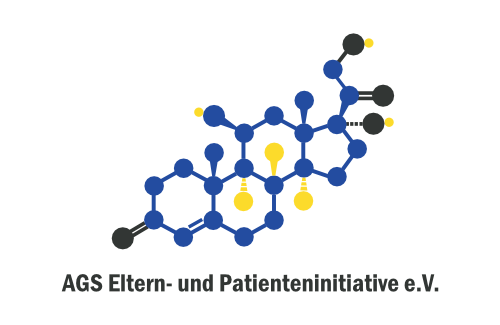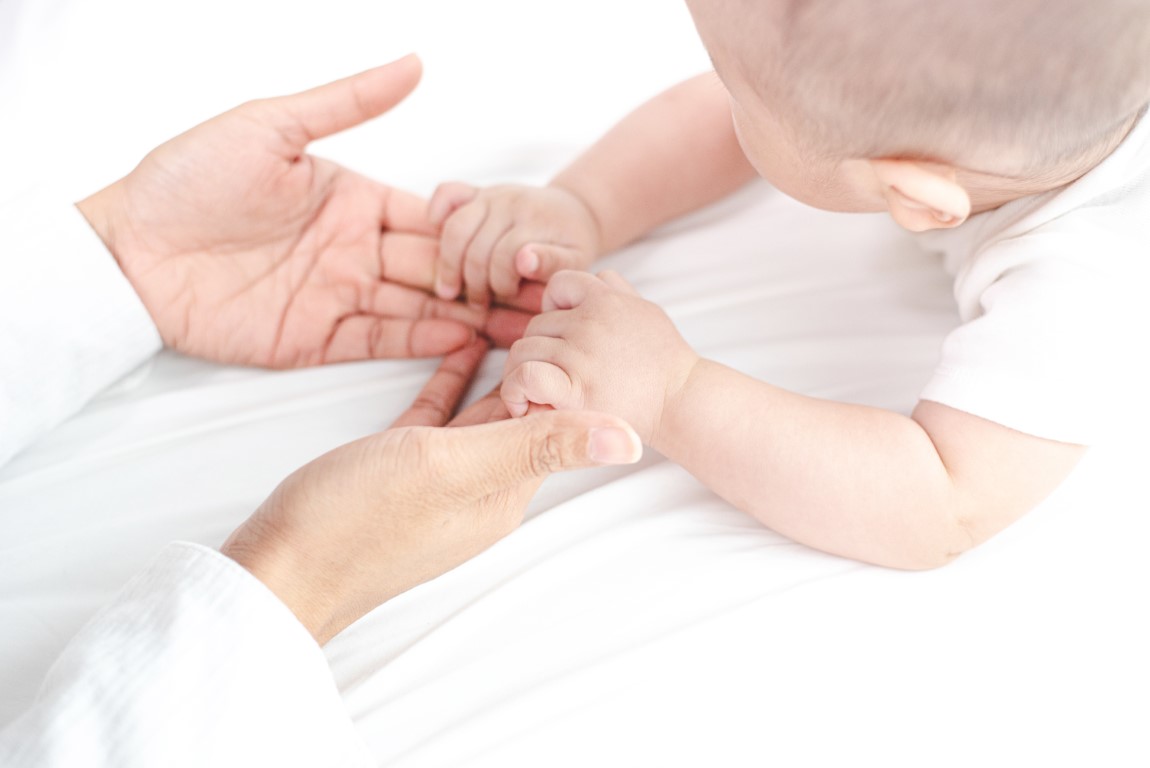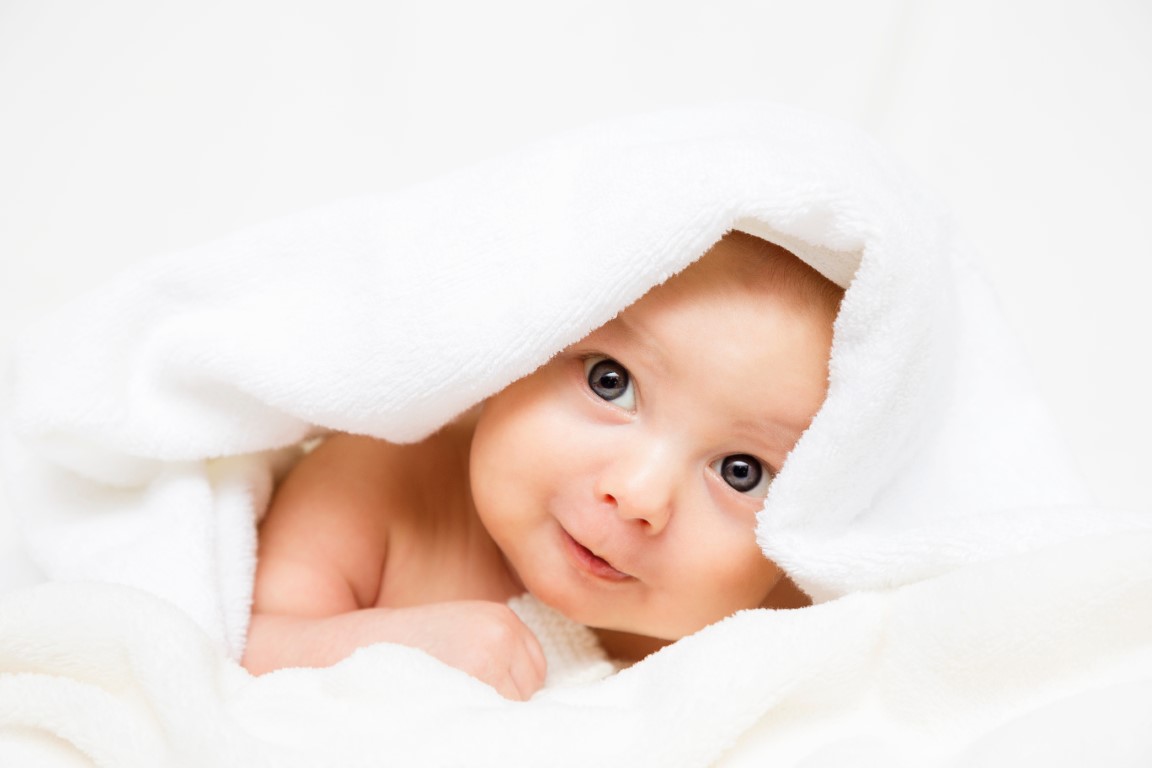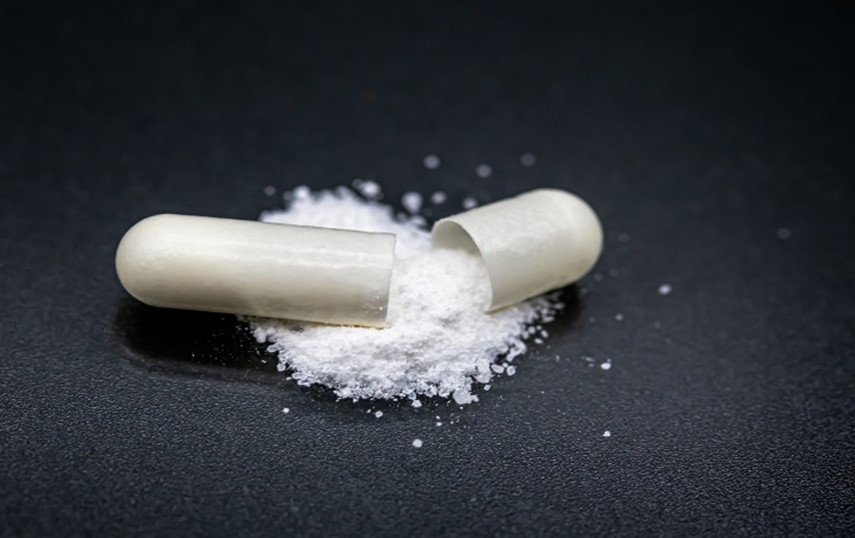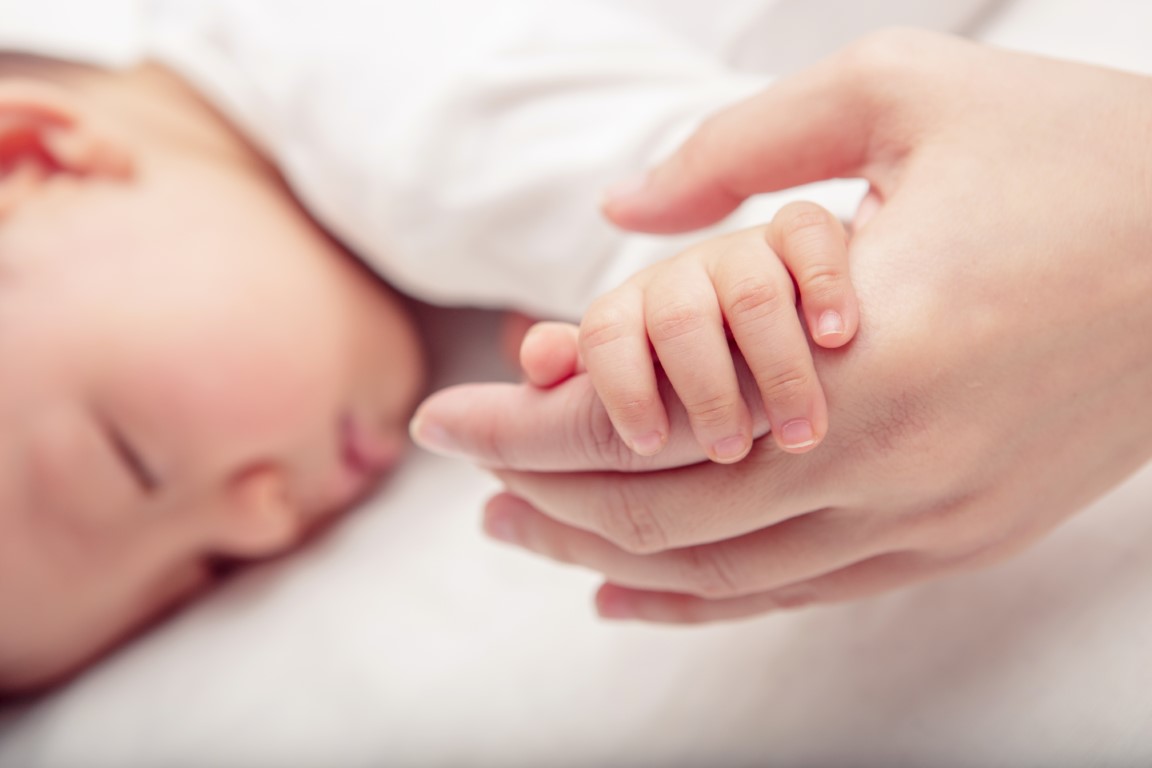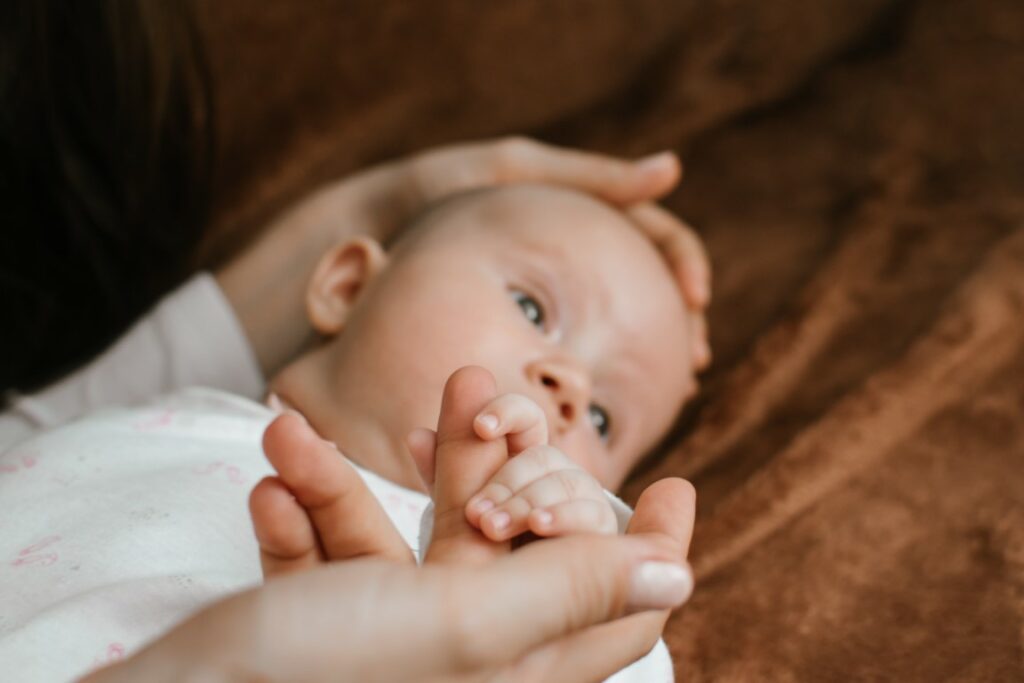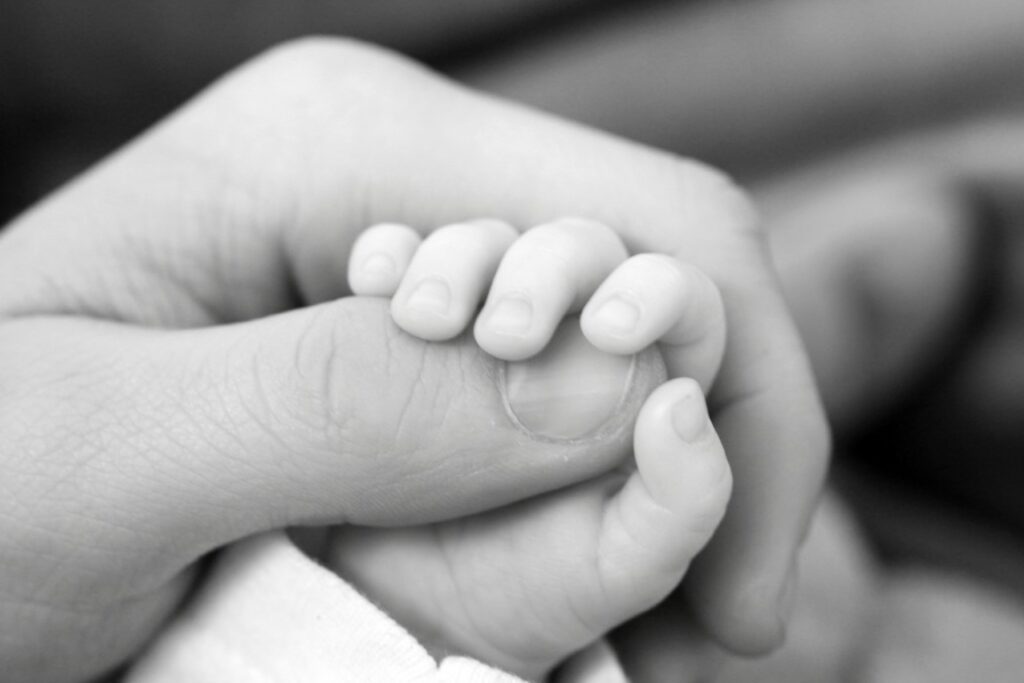The first measure in suspected hypoglycemia is always the administration of fast-acting, easily absorbable carbohydrates – for example, glucose (dextrose) or juice. However, unconscious children must never be given fluids, as there is a risk of aspiration into the windpipe.
In the event of unconsciousness, it is absolutely essential to call the emergency doctor immediately! If you suspect hypoglycemia in your child, you should promptly consult your pediatric endocrinologist. They can prescribe a blood glucose meter for home use and explain how to use it. This way, in case of a recurrent suspicion, you can confirm it with a measurement and respond accordingly.
In infants, hypoglycemia can occur particularly at night if the interval between the evening and the morning dose of hydrocortisone is too long. In such cases, an additional nighttime dose of hydrocortisone may be helpful – however, this should always be discussed individually with your doctor.
Typical risk situations include long fasting periods, gastrointestinal infections, or febrile illnesses. In later adolescence or adulthood, excessive alcohol consumption can also promote hypoglycemia. In most children, hypoglycemia becomes rare after early childhood and usually only occurs in the situations mentioned above. Emergency treatment then also consists of administering fast-acting carbohydrates (e.g., juice, glucose, sugary soda). During febrile infections, the hydrocortisone dose must also be tripled to quintupled. In case of vomiting, a prednisone suppository can be a helpful alternative.

